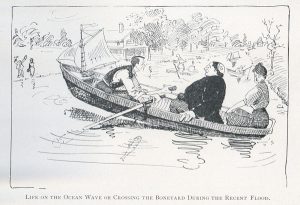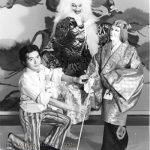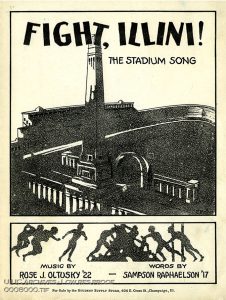Many of us are good story-tellers; archivists are “story-catchers.”
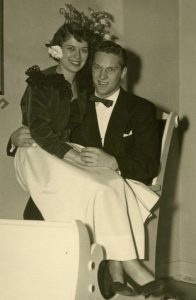
This past week, the Student Life & Culture (SLC) Archives received seven photos from alumnus Paul Wieland ’52 of Paul and girlfriend Diane Rutter ’52 taken during their time at Illinois. I asked Colonel Wieland to include a memory piece about his photos to provide context for future researchers. Below is his amazing story of love, re-connection, loss and thankfulness:
“Summary of a Love Story” from Colonel Paul Wieland, September 14, 2015
“This is a summary of the love story that accompanies the seven photos of Diane Rutter and myself, Paul Wieland. The photos were taken in 1950 and 1951 during our fraternity and sorority formal dances at the University of Illinois. Diane and I became college sweethearts just before our 20th birthdays, soon after we met at the University in January 1950. We spent four years together, two on campus and two after we graduated.
Diane’s mother was a dress designer and seamstress, and she made sure that Diane was always the beautiful “belle of the ball,” with a new gown for every formal dance. Those events were always a highlight of campus life; they involved a lot of planning and work — decorating the venue, selecting the best band, finalizing plans for refreshments, working on the guest list, etc. Continue reading “Rekindling Lost Love, Illinois-Style”
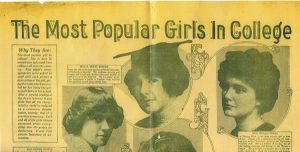
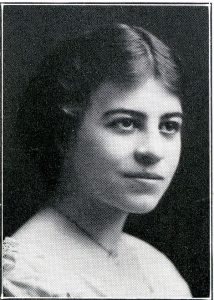
![Postcard from RS 41/20/73.<br /> The note on the reverse reads: "Where all freshman [<em>sic</em>] are in danger of being dumped."](/slc/wp-content/uploads/sites/73/2015/07/socials081-300x188.jpg)
